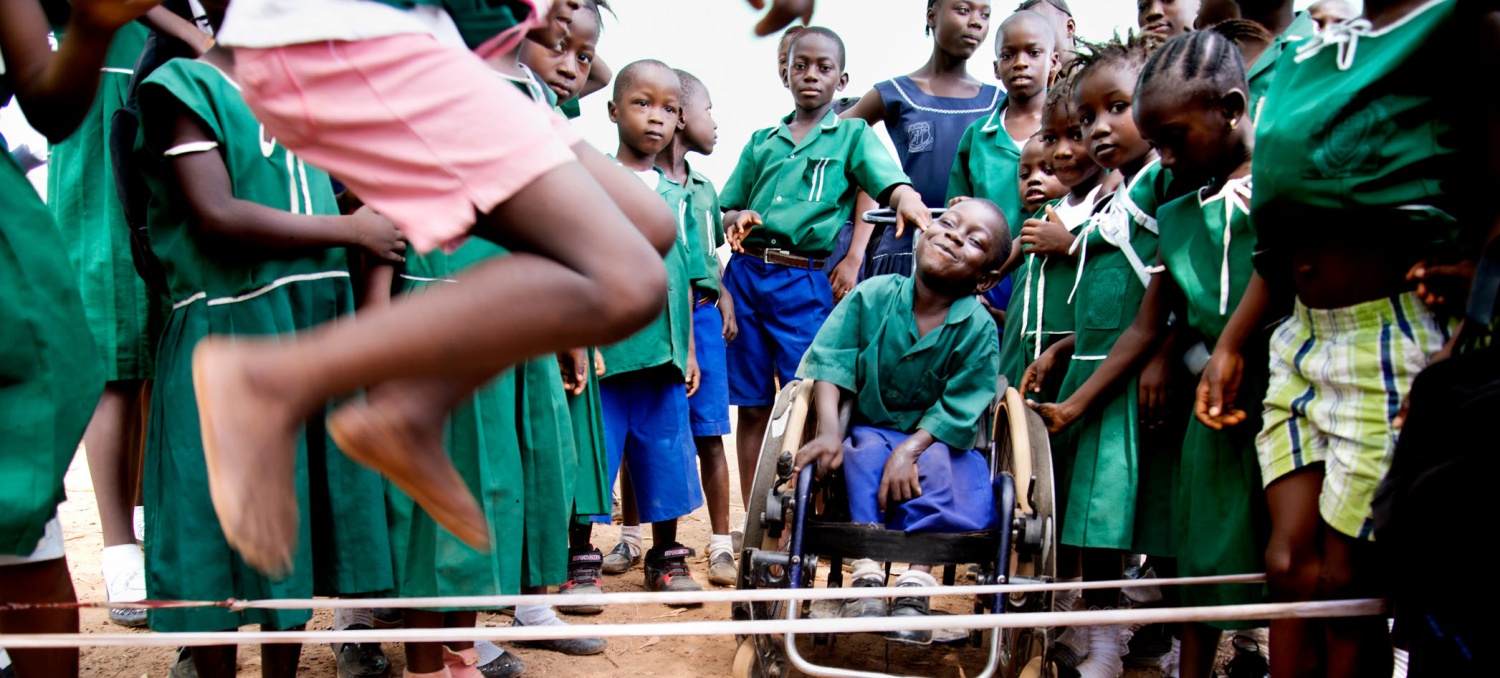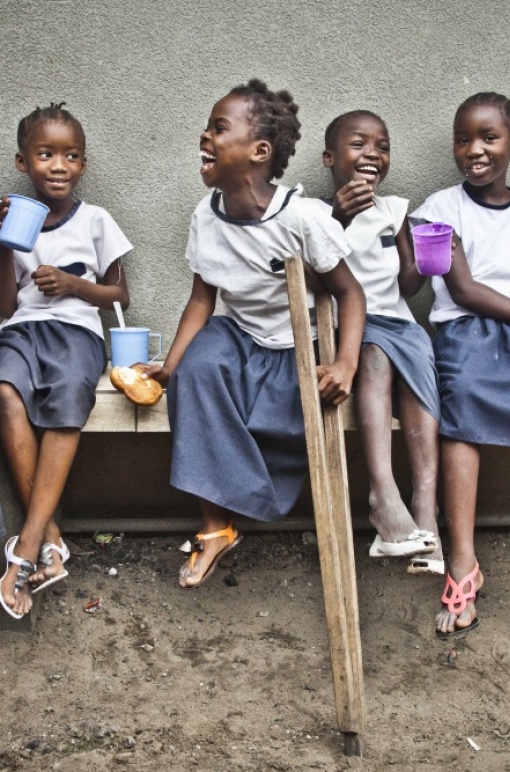本週圖表
The poorest 20% of households have more than the poorest 20% of children
Disparity by wealth commonly compares the bottom and top 20% of households, not of children. Yet, in most societies, poorer families have more children, on average: The poorest 20% of households tend to have more than one-fifth of all children. In India, the poorest 20% of households have 25% of all children, compared with 15% for the richest.

本月統計
这些统计数据摘取自全球教育监测报告资料
40%
的最贫穷国
家未能在2019冠状病毒危机期间为处于危险中的学习者提供支持
1/4的国
家有法律规定残疾儿童要在单独的教育机构中接受教育
10%
的国家
制定了有助于确保全纳教育的法律









